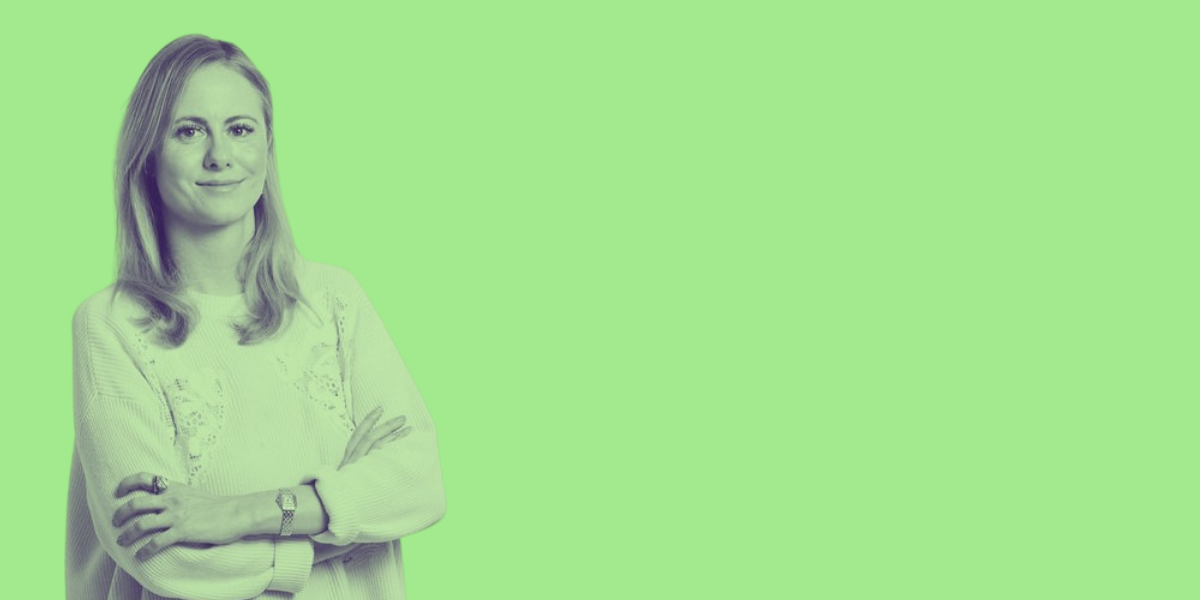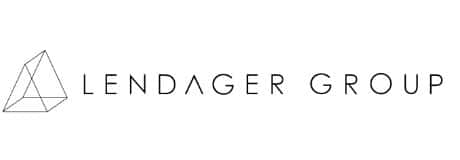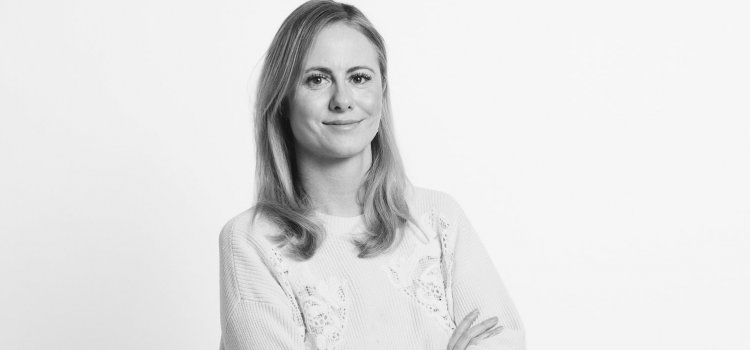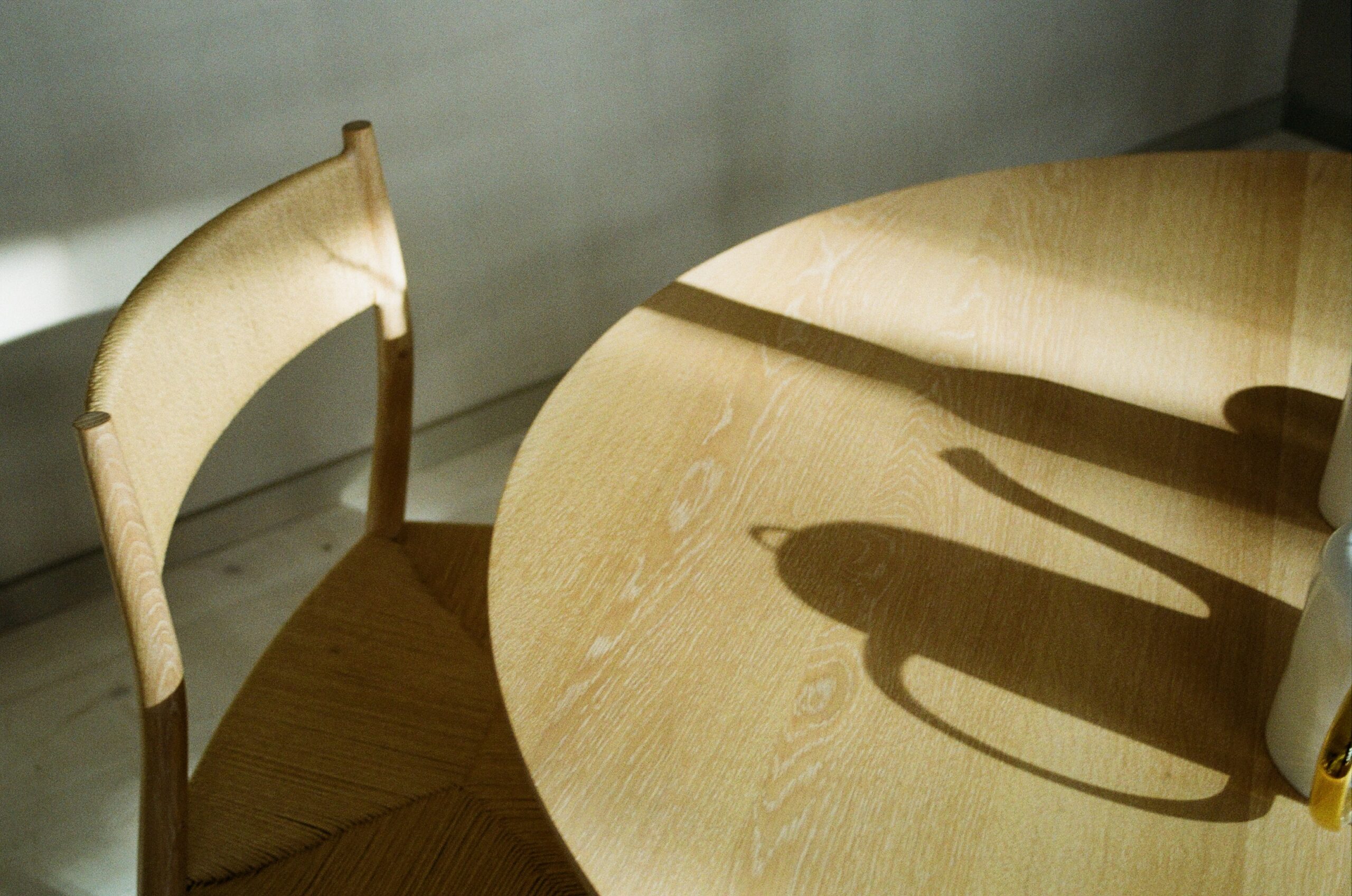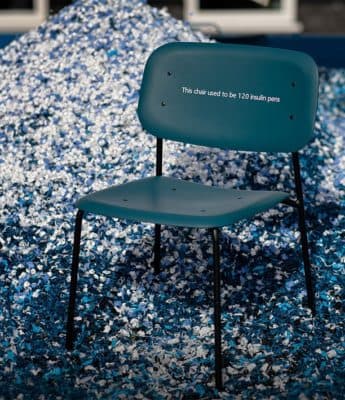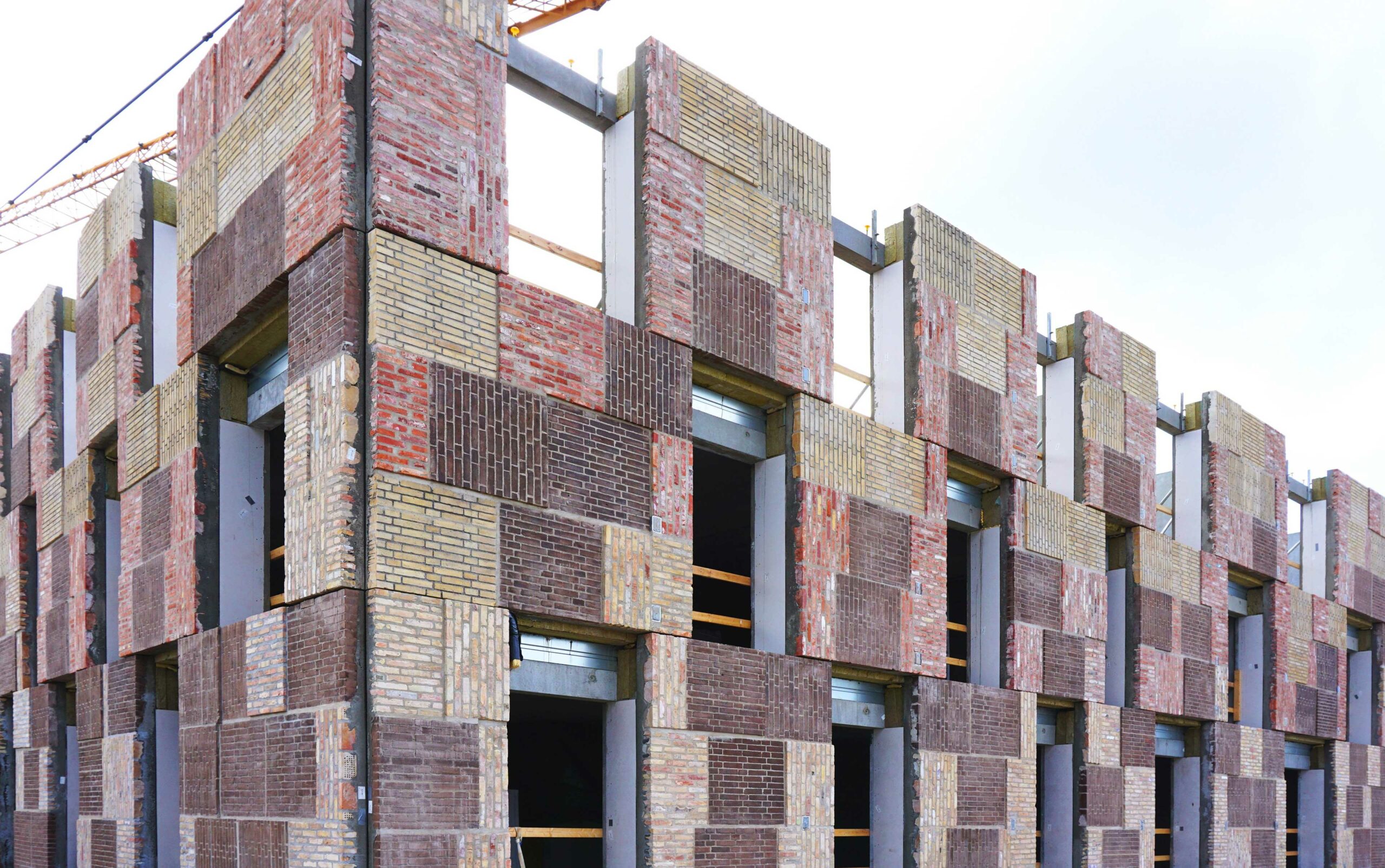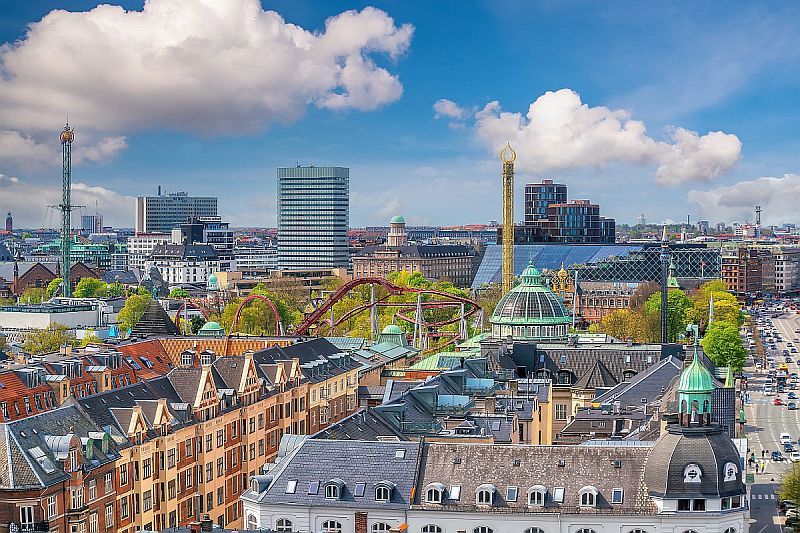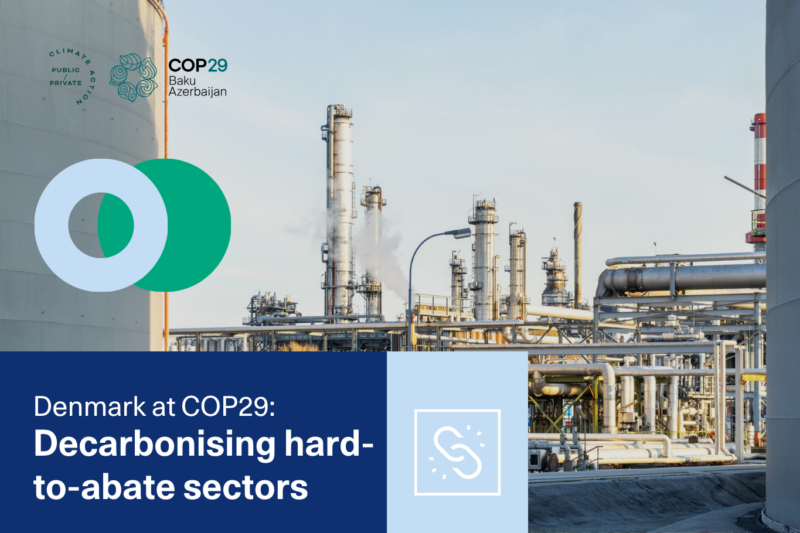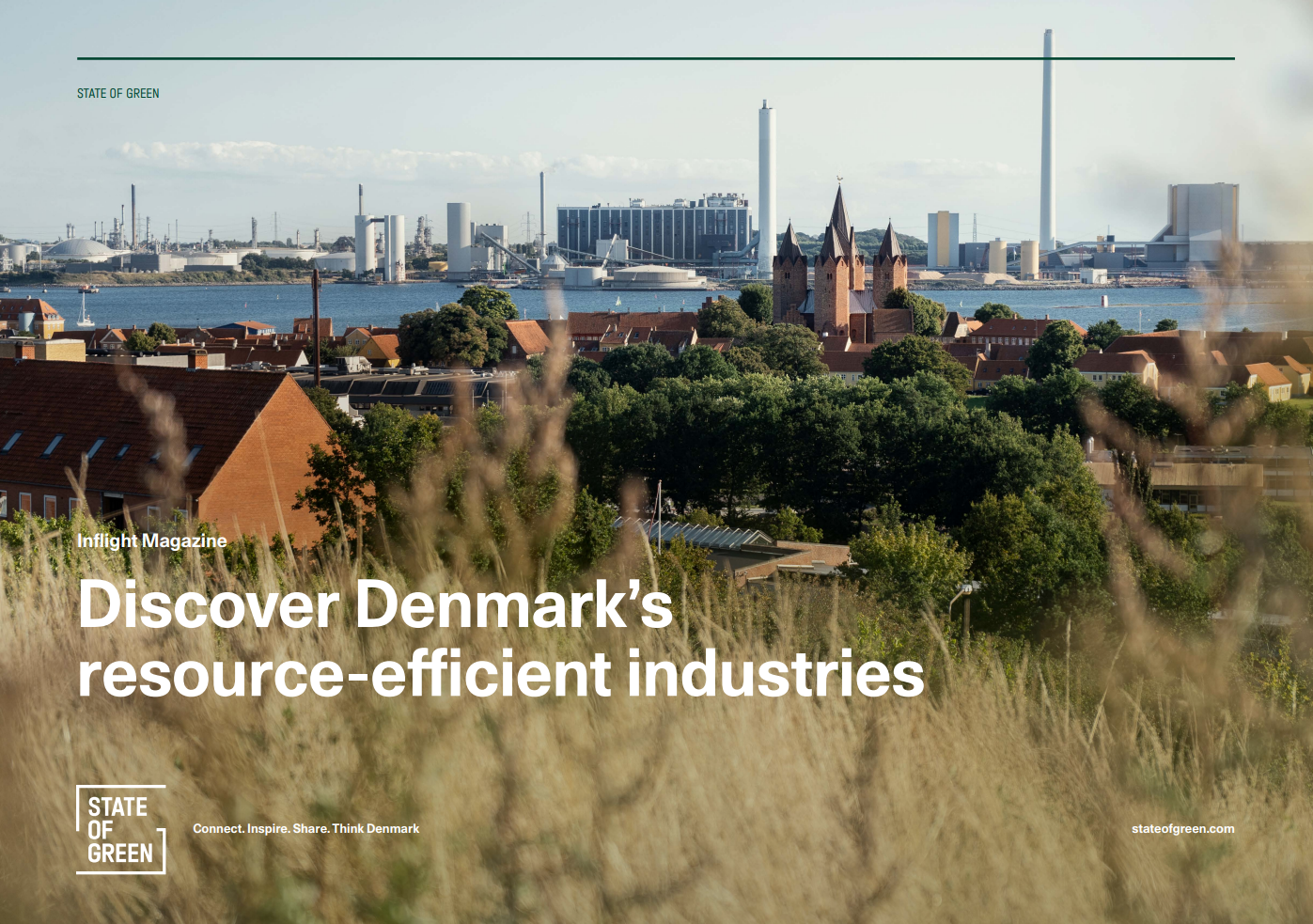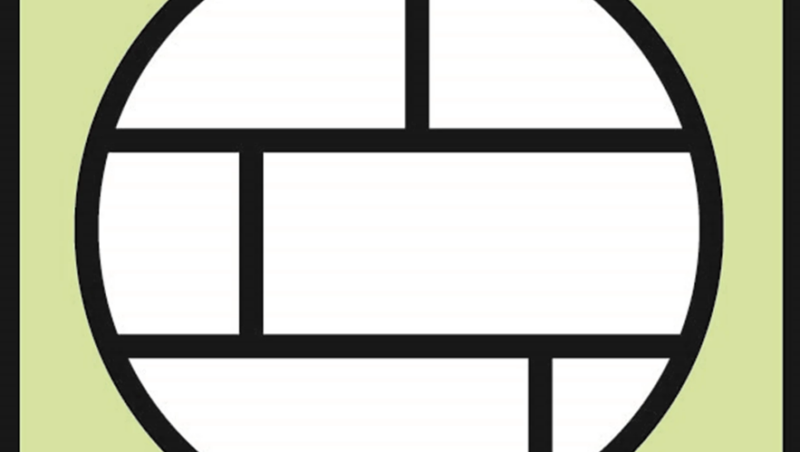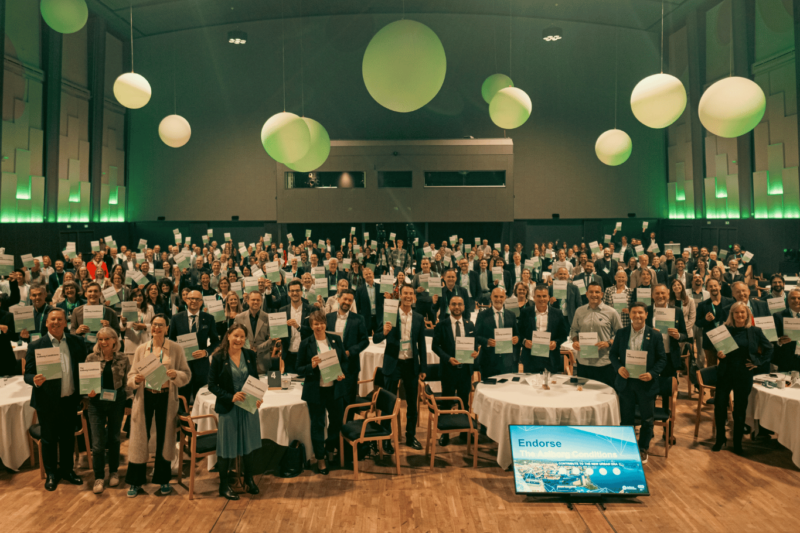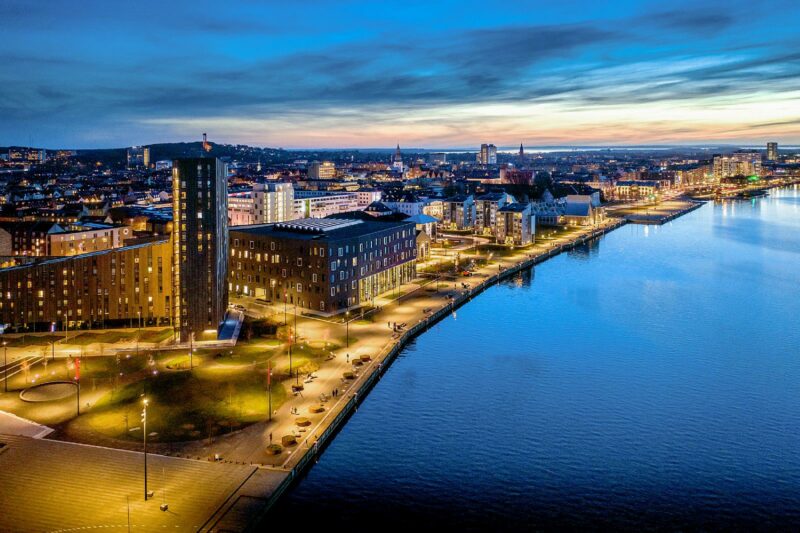The challenge here is to carry out the two tasks at once: to address the problem of waste in the short term — with waste-to-resource innovations that will be used for a long time and can be reused, remanufactured, or recycled — without forgetting the long-term goal of designing out waste from the start.
Most importantly, we must not repeat the mistakes of the past by getting stuck in a temporary solution where the financial incentives connected to production and management of waste slow us down.
Learning from Danish design
In the late 1940s, when the world was recovering from the second world war and busy with rebuilding our cities, businesses, and society, the likes of Finn Juhl, Hans J. Wegner, and Børge Mogensen made their best and most treasured pieces of furniture. Today, Danish design is globally renowned for its high quality of both materials, craftsmanship, and aesthetics.
But it was in the post-war years that the Danish design industry — as well as the global design industry — really did thrive, creating iconic designs we still revere today.
Most of the designs from that time have never become waste. Quite the opposite. Due to their use of high-quality materials and their timeless look, the pieces are still in use, passed down from generation to generation, and even bought and sold at higher prices than when they were first produced. They are a clear example of how desirability and creativity can lead to business that thrives in a post-crisis environment.
Recently, one of the last traditional cabinetmakers and a true craftsman of the post-war period, Ejner Pedersen, passed away. He was responsible for bringing many of Hans J. Wegner and Poul Kjærholm’s designs to the world and will be remembered for having said:
“I usually say we make free furniture. If you give so much money for a chair today, then in many years — when you’re done using it — you will be able to sell it for the same.”
For him, it was not a matter of designing for circular economy. It was a matter of quality — of both material and design. Making sure that it would stand the test of time and still function well and be aesthetically appealing many years later.
Good design thus has durability at its core because design is deliberate. There is an inherent value in the design process due to the choices we actively make. A colour, an object, a specific shape — our decisions are never random but always thought through, made with both eyes open, and by questioning the status quo. Therefore, design is functionality. It enables intentionality. It is design that enables us to change the rules of the game in order to create a regenerative society for all to thrive in.
Looking to design for solutions is nothing new. It has always been our, as well as other organisms’, go-to strategy for survival. Just visit (or revisit) Biomimicry: Innovation Inspired by Nature, the great book by Janine Benyus, in which she describes how humans have copied nature’s models to solve problems in our industrialised world. Or consider Buckminster Fuller’s description of a designer as “an emerging synthesis of artist, inventor, mechanic, objective economist and evolutionary strategist.”
In essence, design enables us to create the future we want. It opens our world and gives us the ability to question our choices, constraints, and previous beliefs and perspectives. Design allows us to view the world through different lenses, seeing opportunity where once we would only have seen obstacles.
